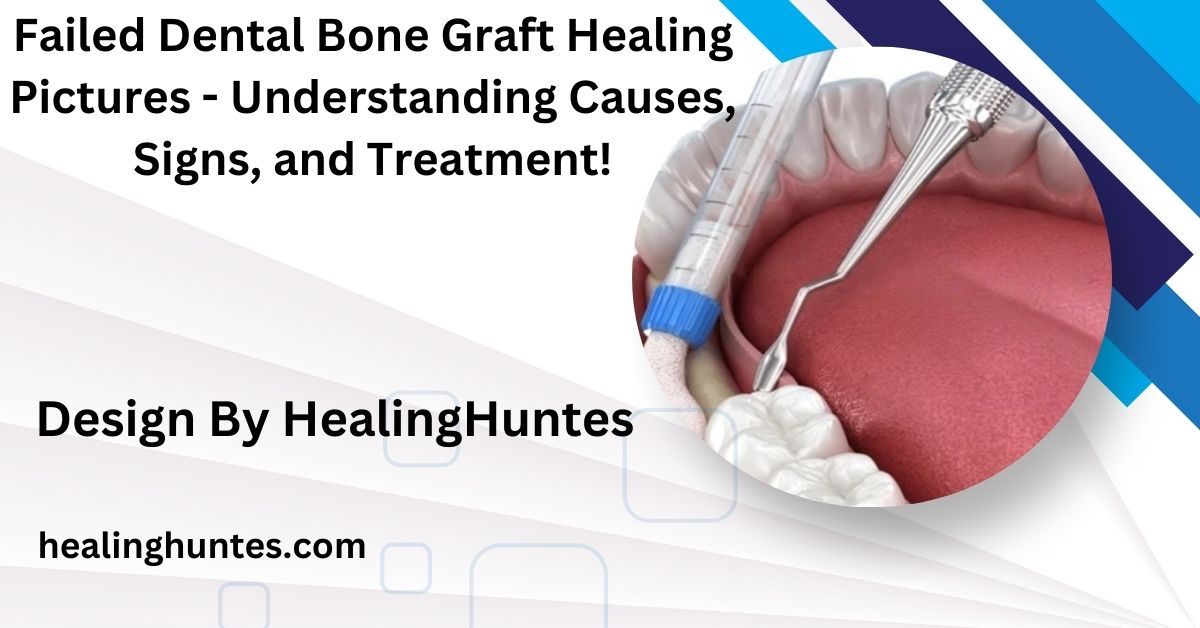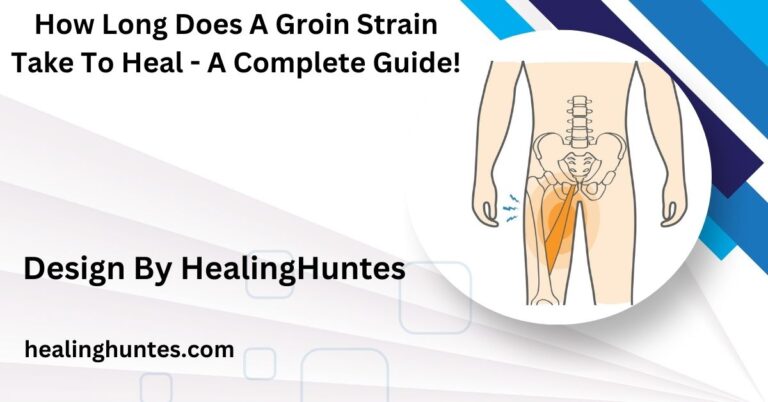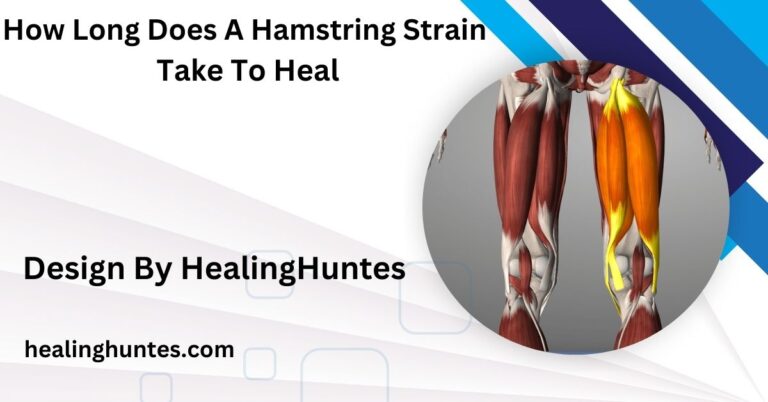Failed Dental Bone Graft Healing Pictures – Understanding Causes, Signs, and Treatment!
Failed dental bone grafts can complicate implant procedures, but with early detection, proper care, and appropriate treatment, most cases can be successfully managed for better long-term outcomes.
This article explores the factors that contribute to failed dental bone graft healing, provides insights into the clinical signs, and discusses treatment options and preventative measures.
What is a Dental Bone Graft:
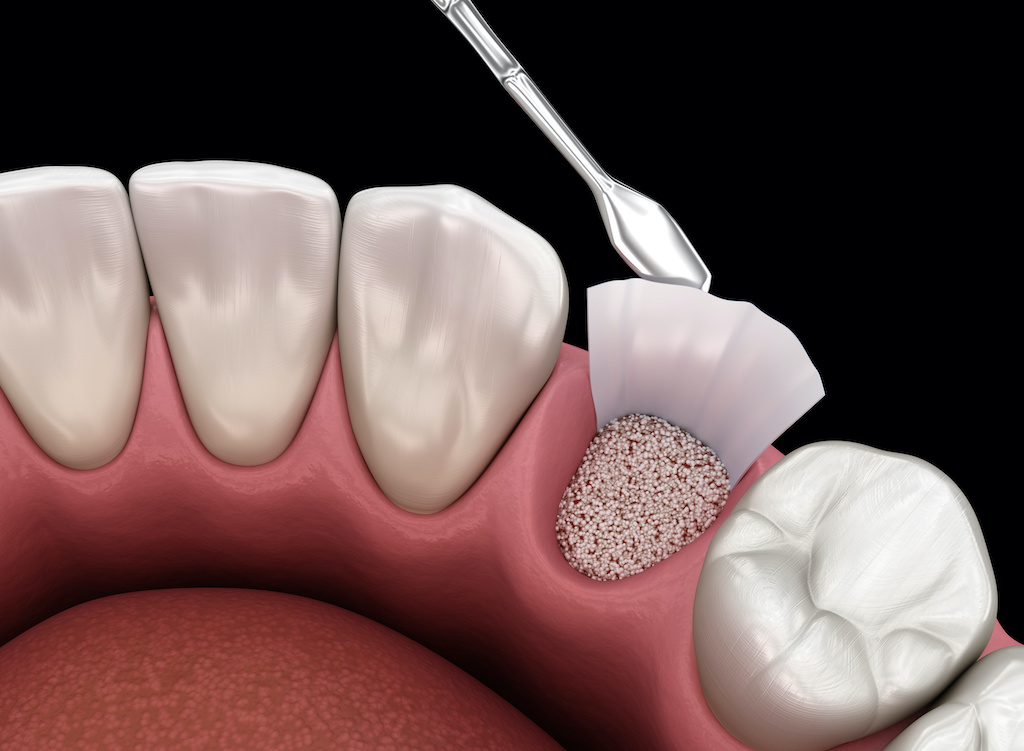
A dental bone graft is a surgical procedure designed to replace or regenerate bone in the jaw when bone loss has occurred due to injury, disease, or other factors. The procedure is most commonly performed before dental implants are placed to ensure there is enough bone to support the implant. Bone grafts can be performed on various parts of the jaw and may be necessary when there has been significant bone resorption, as often seen after tooth extraction or gum disease.
Bone grafting materials can come from several sources:
- Autografts (bone taken from the patient’s own body)
- Allografts (donor bone from a human source)
- Xenografts (bone from animals, such as cows or pigs)
- Synthetic bone substitutes (manufactured materials designed to mimic natural bone)
The grafting material is placed at the site of bone loss to facilitate the regeneration of bone tissue, allowing for the successful placement of dental implants.
Causes of Dental Bone Graft Failure:
While dental bone grafts have a high success rate, there are several factors that may contribute to the failure of the graft or complications during the healing process. Understanding these causes can help in identifying potential risks and mitigating them before surgery.
Infection:
Infection is one of the most common reasons for the failure of a dental bone graft. Infections can occur due to bacteria entering the surgical site during or after the procedure. Infection can significantly slow down or halt the healing process, resulting in the breakdown of the grafted bone or the surrounding tissue. Key signs of infection include swelling, redness and warmth around the graft site, fever, discharge or pus from the surgical site, and intense, throbbing pain.
Also Read: Time To Heal Broken Ankle – A Comprehensive Guide!
Inadequate Blood Supply:
Successful bone healing depends largely on a good blood supply to nourish the bone tissue. Insufficient blood flow to the grafted site can impede healing. Several factors may contribute to poor blood circulation: Smoking, pre-existing health conditions, and surgical technique. If the graft is not properly placed, it may not get enough blood supply to integrate with the existing bone.
Poor Graft Integration:
Bone grafting requires the new bone to integrate or fuse with the existing bone in a process known as osseointegration. If the graft material is not properly integrated, it will fail to provide the necessary support for future dental implants. Poor integration can occur due to incompatible graft material, mechanical instability, and improper placement of the graft material.
Graft Displacement or Movement:

For a bone graft to heal properly, it must remain in a stable position. If the graft material moves or shifts after placement, it may not integrate with the bone. This is particularly common if the patient engages in activities that place undue stress on the graft site or if the graft was not securely placed during surgery. Movement can lead to complications such as incomplete healing or dislodged graft.
Smoking and Oral Hygiene Issues:
Smoking is one of the most detrimental factors when it comes to bone graft healing. Nicotine restricts blood vessels, which reduces blood flow to the graft site and impairs the healing process. Smoking also increases the risk of infection and delays bone regeneration. Furthermore, poor oral hygiene can lead to bacterial infections, which can also contribute to graft failure.
Signs of a Failed Dental Bone Graft:
Recognizing the signs of a failed bone graft is crucial for early intervention. While some discomfort and swelling are normal after the procedure, certain symptoms indicate complications that require medical attention.
Persistent Pain:
While some discomfort is to be expected after a bone graft, ongoing or increasing pain after the initial recovery period may indicate problems. If the pain persists or worsens rather than improving, the graft may not be healing correctly.
Also Read: Signs A Fissure Is Healing – Healing Fissure Symptoms!
Swelling and Redness:
Swelling and redness around the graft site are common after surgery, but if these symptoms continue or worsen over time, it may suggest an infection or poor healing. The graft site may also feel warm to the touch.
Fever:
A fever is a classic symptom of infection. If you develop a fever, especially in combination with other symptoms such as swelling, pain, or discharge, it is a sign that the graft may not be healing as it should.
Lack of Bone Formation:
A lack of new bone formation at the graft site is one of the primary indicators of graft failure. If the bone fails to integrate with the surrounding tissue, an X-ray or CT scan may reveal a lack of progress in the healing process.
Graft Displacement or Loosening:
If the graft material shifts or becomes loose, it may not heal properly. This may be detectable through physical examination or radiographic imaging, which can show whether the graft has moved out of place.
Imaging and Diagnosis of Failed Bone Grafts:
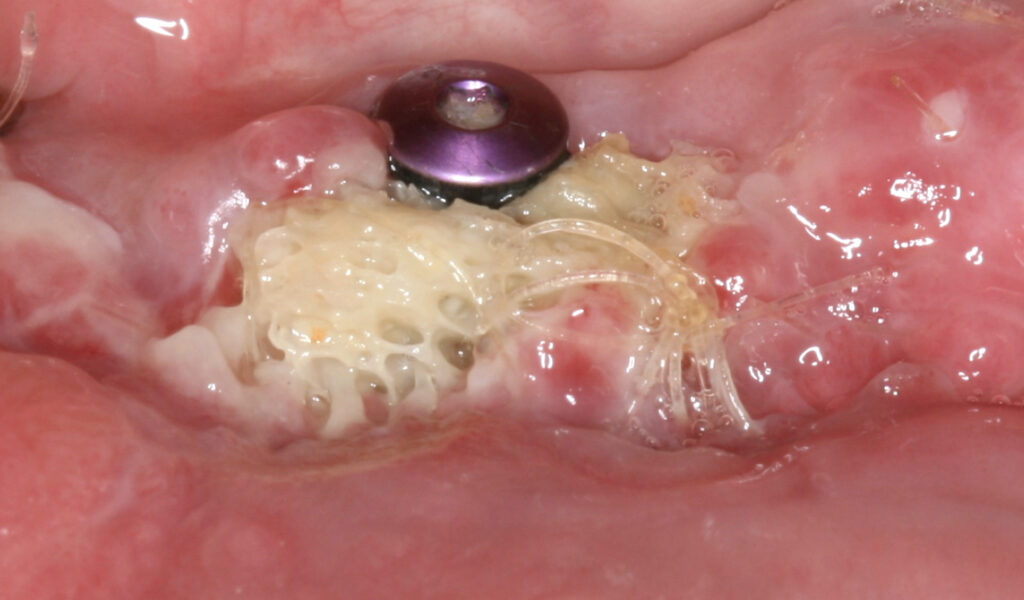
Radiographs (X-rays) and 3D imaging technologies like cone beam computed tomography (CBCT) are essential tools for diagnosing graft failure. These images allow the dentist to evaluate whether the bone is integrating with the graft, check for infection, or assess any structural issues such as displacement or resorption.
In cases of failed healing, imaging might reveal:
- Absence of new bone formation: The area around the graft may appear as it did before the procedure, with no new bone growth.
- Graft resorption: Instead of new bone forming, the graft may begin to break down or dissolve.
- Movement or dislodgement: The graft may be shown as misaligned or displaced from its original position.
Treatment for a Failed Dental Bone Graft:
If a dental bone graft fails, treatment will depend on the nature of the problem. Early intervention is critical to prevent further complications and restore the area for future procedures such as dental implants.
Antibiotics and Infection Control:
In cases where infection is present, antibiotics are prescribed to control the infection and prevent it from spreading. In some cases, drainage may be necessary to remove any pus or infected material.
Re-Grafting:
If the graft fails to integrate properly, it may be necessary to remove the failed graft and perform a second grafting procedure. Re-grafting typically involves cleaning the site, removing any non-healing material, and placing a new bone graft.
Also Read: Should I Let Them Heal Doing Exercise – Recovery Exercise Tips!
Bone Regeneration Techniques:
Advanced bone regeneration techniques, such as the use of platelet-rich plasma (PRP) or bone morphogenetic proteins (BMPs), may be used to stimulate the formation of new bone tissue and improve the healing process.
Delayed Implant Placement:
In the case of a failed bone graft, the placement of a dental implant may be delayed until the graft site has been re-grafted and healed. This may extend the timeline for full restoration but is essential to ensure the success of the implant procedure.
Preventing Dental Bone Graft Failure:

While some factors contributing to bone graft failure are beyond control, there are steps that patients can take to reduce the likelihood of complications and promote successful healing.
Abstain from Smoking:
Smoking significantly reduces the blood flow to the graft site and inhibits bone healing. Patients are advised to refrain from smoking before and after the procedure to enhance the chances of successful grafting.
Follow Post-Operative Care Instructions:
Adhering to the post-operative instructions provided by the dentist is essential for graft success. This includes avoiding unnecessary pressure on the graft site, taking prescribed medications, and following up with regular appointments.
Maintain Good Oral Hygiene:
Good oral hygiene is critical to avoid infection after a bone graft. Brushing, flossing, and using antibacterial mouthwash can help reduce the risk of post-operative infections.
Nutrition and Supplements:
A balanced diet rich in calcium and vitamin D is vital for bone healing. Patients should consider taking supplements if necessary to promote the regeneration of healthy bone tissue.
Regular Monitoring:
Regular follow-up appointments allow the dentist to monitor the healing process, detect any early signs of failure, and intervene if necessary.
FAQ’s
1. How long does a dental bone graft take to heal?
A dental bone graft typically takes between 3 to 6 months to fully heal and integrate, depending on the type of graft material and the patient’s individual healing response.
2. Can a dental bone graft fail after the implant is placed?
While it is rare, a bone graft can fail after the implant has been placed. This is often due to improper integration or bone resorption after the implant placement.
3. What happens if the dental bone graft fails?
If a dental bone graft fails, the dentist may need to remove the non-healing material and re-graft the site, possibly using advanced bone regeneration techniques to improve healing.
4. How can I prevent dental bone graft failure?
To prevent failure, avoid smoking, follow the dentist’s instructions, maintain oral hygiene, and ensure adequate nutrition to support bone healing.
5. What are the signs of infection after a dental bone graft?
Signs of infection include swelling, redness, fever, pain, and discharge from the graft site. If these symptoms occur, seek dental care immediately.
Conclusion
Failed dental bone grafts can complicate the implant process, but they are treatable. Early detection, following post-operative instructions, and maintaining proper oral care are essential for successful healing and minimizing complications. With appropriate intervention, most graft failures can be managed effectively, ensuring better outcomes for future dental procedures and implant success.
